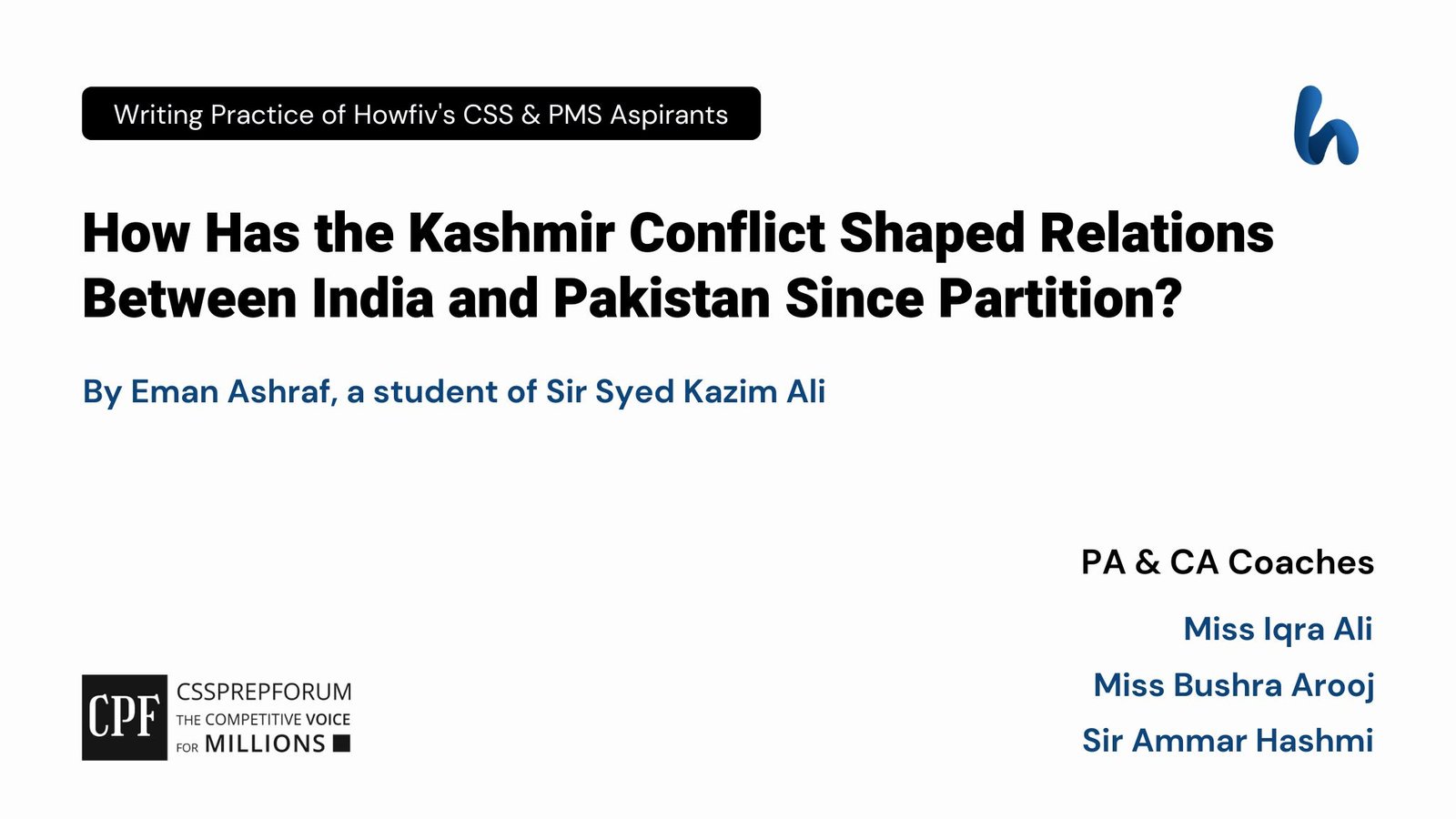Written by Uswa Zainab
If a person mentions the history of the Internet to a mass of people, most probably at least one or two of them will make a snide, critical comment on the claim of Al Gore to have invented the internet. According to CNN, Al Gore once said that he was the person who took the initiative in creating the Internet. Gore, both as the senator and the vice president of the United States, promoted the development of Internet. Now coming to the concern, how did the Internet actually get started? Whether you believe or not, all this started with a single satellite.
The first human-made satellite, Sputnik, was launched by the then Soviet Union in 1957. This news left the Americans shocked. The Cold War was in its prime; the Soviet Union and the United States of America (USA) considered each other foes. If the Soviet Union made it to launch a satellite into space, it was certainly feasible for it to launch a missile at North America.
The president of the United States Dwight D. Eisenhower, in 1958, established the Advanced Research Projects Agency (ARPA) as a straight reaction to the launch of Sputnik by Soviet Union. The purpose of this agency was to yield a technological edge to the United States over other countries. Computer Science was an important part of the agency ARPA’s mission.
Computers, in the 1950’s, were so huge that a single device covered an entire room. Those old, enormous devices held only a fraction of the power and processing ability one finds in a modern personal computer (PC). In the past, most of the computers could merely read punch cards or magnetic tapes; furthermore, there was no way known to connect computers together in order to share information.
The main aim of the agency ARPA made by the American president was to change that. As enlisted by ARPA, to create a computer network, the agency was assisted by the company Bolt, Beranek and Newman (BBN). The network was intended to connect four computers that were functioning on four entirely different operating systems. The network was named ARPANET by the agency.
The significance of the network can be estimated from the fact that without ARPANET, the Internet wouldn’t look or work the way it does at present, or maybe it wouldn’t even exist. While many other groups were also working to network computer devices together, ARPANET was the one to establish the protocols used nowadays on the Internet. Into the bargain, without ARPANET, it might have taken a lot more years before anyone attempted to discover ways to connect regional networks together into a greater system.
Now, let’s have a look at how ARPANET linked with other networks to create the Internet.
In 1973, engineers’ efforts to find ways to connect ARPANET to the Packet Radio Network (PRNET), commenced. The packet radio network is a network that connects computers through radio transmitters and receivers. Rather than using phone lines to send data, the computers adopt the method of radio waves. According to the SRI International, after a struggle of three years, the engineers succeeded in connecting the two networks, ARPANET and PRNET, together.
In 1977, the two networks ARPANET and PRNET were further joined to the Satellite Network (SATNET) by technicians. This connection of multiple networks was given the name Inter-networking, in short, the Internet. Soon, other early computer networks, including USENET, BITNET, CSNET, and NSFNET, also joined.
A system designed to make navigation on the Internet easy and simple was developed by Tim Berners-Lee in 1990. In time, this system got recognition all over the world as the World Wide Web. At first, the two systems, the Internet and the World Wide Web, were mistakenly identified as the same thing by some people. The Internet is a worldwide interlinking of computer networks; on the other hand, the World Wide Web is a system to navigate this huge network. In the terms of sailing, it isn’t wrong to say that comparing the two systems is like comparing an ocean to a ship.
The primary users of the Internet were mostly computer scientists, military and government employees, and graduate students. The use of World Wide Web made the Internet much more approachable and easy-going. Education institutions, such as colleges and universities, started to connect to the Internet; businesses also followed soon. Internet commerce had become a reality by 1994.
Currently, the Internet is more complex and advanced than ever. One is capable to connect computers, mobile phones, satellites, and other devices together in a colossal network – a huge network hundreds of thousands of times more sophisticated than the original ARPANET. It is really strange that it all started with just a silver beeping ball that, way back, orbited miles above the surface of the Earth.
About the writer:
Miss Uswa Zainab is an apt student of Sir Syed Kazim Ali, one of the distinguished grammarians in the contemporary world. She has gone through his 4-month course on Freelance Creative English Writing and Basic to Advanced Grammar. Pursuing graduation in the field of computer science and studies in English writing, she relishes writing articles and blogs on diverse themes: academic articles – everyday science, current affairs – and creative blogs – technology, beauty, fashion, entertainment, etc.
Name of the Student: Miss Uswa Zainab
Qualifications: BSCS
Total Articles/Blogs: 13
English Coach: Sir Syed Kazim Ali
Course Taken: Creative English Writing & Article Writing
Like other competitive students, If you have a story to tell, guidance to help, knowledge to educate, or a perspective that can help CSS aspirants daily, welcome to CSSPrepForum. It is free to get your opinions, viewpoints, judgements, and thinking published, whether it is a blog, article, essay, application, letter, precis, comprehension, MCQs, or anything that helps competitive youth of Pakistan. CSSPrepForum is a place that let you connect with thousands of competitive readers, and helps your voice heard across the community. Let’s start writing and get your voice heard to those who are looking for you. Email Your Write-ups at csspreps@gmail.com
At CSSPrepForum, many famous writers, lecturers, and aspirants get their write-ups published daily, and we upload CSS solved papers, CSS Solved essays, Solved Past Papers of FPSC, PPSC, NTS, and all other competitive exams, and current affairs blogs daily. Let’s connect us and get an instant update and notification through
Facebook | Twitter | Instagram
Articles and news that you might love to read!
- Kids Corner | Your Kids Joyful Learning Starts Here
- Matric (9th & 10th) | Past Papers & Advanced 5k+ MCQs
- F.Sc. (Part-I & II) | Past Papers & Advanced 10k+ MCQs
- CSS 20 Years Solved Past Papers MCQs | Compulsory + Optional
- Do You Know Article Usage? Let’s Play Article Quiz | 1000+ MCQs
- CSS Solved Correction from 1990 to 2020
- How did Miss Bakhtawar TOP FPSC One Paper MCQs exams?
- How to qualify CSS Essay Paper and how to attempt it?
- The best CSS English teacher in Pakistan, who helped me qualify
- Top 3 best CSS English teachers in Pakistan for CSS & PMS Aspirants
- The Uses of “Used To”, “Be Used To”, & “Get Used To”
- CSS Solved Everyday Science (GSA) Past Paper 1985
- CSS Solved Everyday Science (GSA) Past Paper 1986
- CSS Solved Everyday Science (GSA) Past Paper 1987












